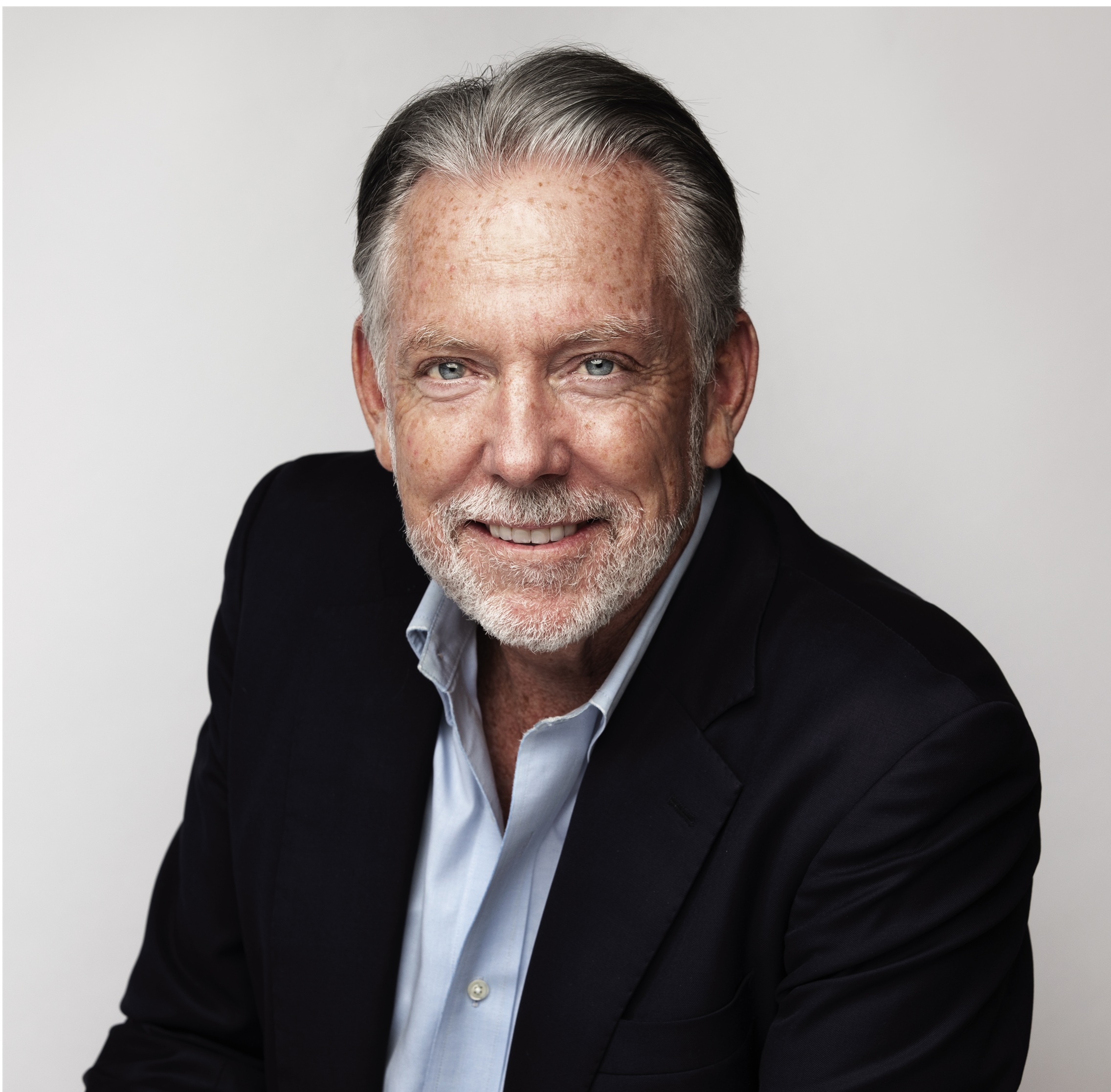The Blocking & Tackling of Building a Global Icon w/ David Pearson, Joseph Phelps

David Pearson has developed a distinct point of view on how to build a globally iconic brand.
With over 40 years of managing some of the top names in wine (Opus One, Mondavi, Baron Philippe de Rothschild), David Pearson, President of Joseph Phelps, has developed a distinct point of view on how to build a globally iconic brand. Ultimately, it comes down to relationships and the effort required to maintain them. From focus and prioritization to spending upwards of 65% of time on the road, David hopes more wineries will follow in his footsteps to build the category of Napa and American wines globally.
Detailed Show Notes:
David’s background: started as a winemaker (Europe, SoCal), sensory evaluation for Hublein (now Diageo), post-MBA marketing job with Baron Philippe de Rothschild, Mondavi in France (see Mondovino movie), managed Byron, then CEO of Opus One, now President of Joseph Phelps
The goal is to create personal relationships and care about mutual success and partnership with accounts
“Focus is the hard part” - at Opus, initially London, Hong Kong, Japan; then emerging markets, Mainland China, Dubai; Phelps also prioritized Korea
- Singapore distributor told him, “We’ll see you in 5 years, the French come every year.”
- Track people who buy wine and meet w/ them - 80/20 rule, focus on the top 20% of trade accounts
- After the top 20%, do second tier of accounts, then collectors
- Travelled ~65% at Opus One
- Budgets ~20-30% of marketing expenses for building relationships
- Opus One 1st 10 years - went to Asia, Canada, Europe every year, then put someone in Tokyo and Hong Kong
- Sends ~400-500 handwritten holiday cards to partners with specifics about their last visit
- Travel team includes a winemaker if they like it and are good at communicating, and a marketing team to better understand the market
- Please don’t make it feel anonymous, but give the meetings and message personality
- At Phelps, focused on Insignia and current vintage, show older wines to show aging potential
The goal is to expand export to ~30-40% in 10 years vs. 12-13% of Insignia today
Brands need to think deeper about what’s unique and also where they are going
- Get alignment between the story, the wine in the market, and where you’re going
The winery owner had three objections to export:
- sell all the wine to US customers, don’t want to take any away from them
- don’t know who to sell to
- don’t want to spend the time and money to go there
Larger volume wines have different commercial relationships, same elements (knowing your partners, need to build), but margins tend to get squeezed
Believes that if the category is successful (e.g., Napa), everyone will be more successful
Negociants (La Place) respond to existing market demand well and are efficient distributors, but it is not in their DNA to build brands
Phelps uses the LVMH distribution network to build the brand and deliver directly to the core accounts
Measures quality of relationships w/ initial feeling, but then seeing the wines go to the market, need to see forward momentum
Tracks Liv-ex pricing a lot, seen upticks in Insignia
Other marketing elements: relationships happen over multiple channels now, need to do more social media, and be part of the discussion
The pricing goal is to have trade and consumer connect the innate value of the wine to the price
The current neo-prohibitionist environment recalls the 80s and the “Mondavi defense” of wine as a potential solution
Hosted on Acast. See acast.com/privacy for more information.












